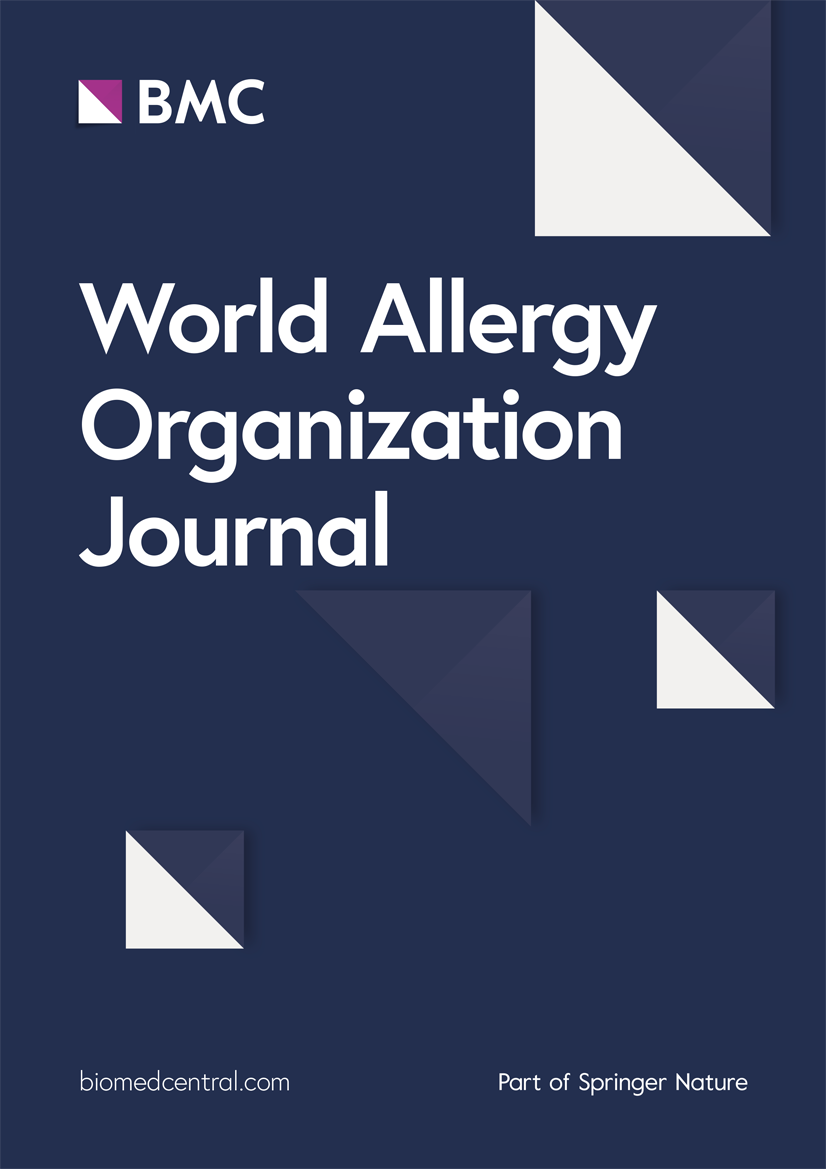A systematic review of guidelines for the management of atopic dermatitis in children
IF 3.9
2区 医学
Q2 ALLERGY
引用次数: 0
Abstract
Atopic dermatitis (AD) is a chronic disease that is increasing in prevalence, particularly in children and people with skin of colour. Current management involves topical treatments, phototherapy and immunosuppressants, as well as newer therapies like dupilumab. Health professionals should also be aware of the specific management considerations for AD in people with skin of colour. This systematic review was conducted to examine global guidelines for the management of AD in children, compare management recommendations, examine specific recommendations for children with skin of colour, and assess the quality of the guidelines.
The databases Medline, Embase, CINAHL, Scopus, Guidelines International Network, and Emcare Nursing and Allied Health were searched to identify guidelines or articles relating to the management of AD in children from 1990 to 2023. A grey literature search was also undertaken. The recommendations from the guidelines were extracted and compared, and the quality of the guidelines was assessed using the Appraisal Guidelines for Research and Evaluation (AGREE) II tool.
A total of 1644 articles were identified from the initial search. Title and abstract screening, full text screening, and reference checking yielded 28 guidelines for the final appraisal and data extraction. The main variations in management recommendations were the timing of emollients, bleach baths, bath additives, oral antihistamines, and the age cut-offs for topical calcineurin inhibitors. Many guidelines were not updated to reflect newer therapies like dupilumab and topical phosphodiesterase-4 (PDE4) inhibitors. There were minimal recommendations regarding management of skin of colour. Only 12/28 guidelines met the satisfactory cut-off score for the AGREE II appraisal, largely due to a lack of well-documented methodology.
This review showed that the recommendations for AD management in skin of colour were consistently lacking. Despite generally consistent management strategies over the last 5 years, less than half of the guidelines met high-quality criteria, emphasising the importance of using tools like AGREE II in future guideline development.
儿童特应性皮炎管理指南系统回顾
特应性皮炎(AD)是一种慢性疾病,发病率越来越高,尤其是在儿童和有色人种中。目前的治疗方法包括局部治疗、光疗、免疫抑制剂以及杜比单抗等新疗法。医疗专业人员还应了解有色人种 AD 的特殊管理注意事项。本系统性综述旨在研究全球儿童注意力缺失症管理指南,比较管理建议,研究针对有色人种儿童的具体建议,并评估指南的质量。我们检索了Medline、Embase、CINAHL、Scopus、Guidelines International Network和Emcare Nursing and Allied Health等数据库,以确定1990年至2023年与儿童注意力缺失症管理相关的指南或文章。此外还进行了灰色文献检索。对指南中的建议进行了提取和比较,并使用研究与评价评估指南(AGREE)II工具对指南的质量进行了评估。通过标题和摘要筛选、全文筛选以及参考文献核对,最终对 28 篇指南进行了评估和数据提取。管理建议的主要差异在于使用润肤剂、漂白浴、沐浴添加剂、口服抗组胺药的时机,以及使用局部降钙素抑制剂的年龄界限。许多指南没有更新以反映新的疗法,如杜匹单抗和外用磷酸二酯酶-4(PDE4)抑制剂。有关有色皮肤管理的建议极少。只有 12/28 份指南达到了 AGREE II 评估的满意临界值,这主要是由于缺乏有据可查的方法。尽管过去 5 年中的管理策略基本一致,但只有不到一半的指南符合高质量标准,这强调了在未来指南制定过程中使用 AGREE II 等工具的重要性。
本文章由计算机程序翻译,如有差异,请以英文原文为准。
求助全文
约1分钟内获得全文
求助全文
来源期刊

World Allergy Organization Journal
Immunology and Microbiology-Immunology
CiteScore
9.10
自引率
5.90%
发文量
91
审稿时长
9 weeks
期刊介绍:
The official pubication of the World Allergy Organization, the World Allergy Organization Journal (WAOjournal) publishes original mechanistic, translational, and clinical research on the topics of allergy, asthma, anaphylaxis, and clincial immunology, as well as reviews, guidelines, and position papers that contribute to the improvement of patient care. WAOjournal publishes research on the growth of allergy prevalence within the scope of single countries, country comparisons, and practical global issues and regulations, or threats to the allergy specialty. The Journal invites the submissions of all authors interested in publishing on current global problems in allergy, asthma, anaphylaxis, and immunology. Of particular interest are the immunological consequences of climate change and the subsequent systematic transformations in food habits and their consequences for the allergy/immunology discipline.
 求助内容:
求助内容: 应助结果提醒方式:
应助结果提醒方式:


